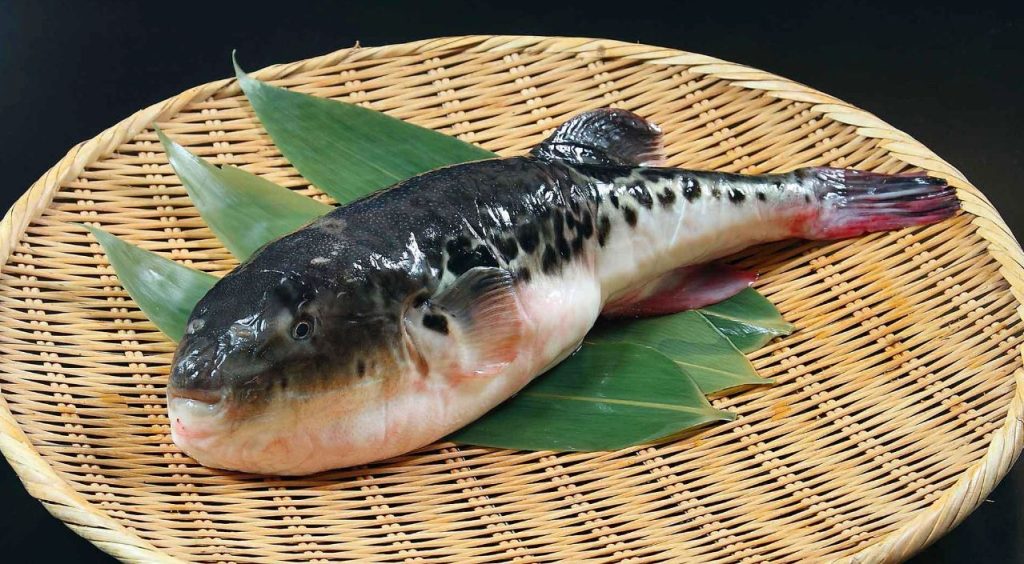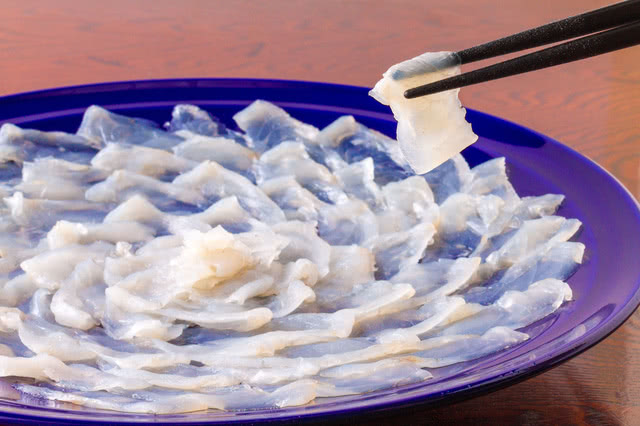Few dishes in the world inspire as much fascination or fear as fugu, the Japanese pufferfish. Known for its delicate taste and dangerous reputation, this seafood is considered the deadliest food on Earth, claiming the lives of an estimated 200 people each year. What makes it so perilous is not poor cooking or spoiled ingredients, but nature itself. Inside this fish hides tetrodotoxin, a lethal neurotoxin far more potent than cyanide. One small mistake in preparation can turn a gourmet meal into a deadly experience.
What Makes Fugu So Dangerous
Fugu’s danger lies in its biology. The fish’s liver, ovaries, and skin contain tetrodotoxin, a chemical compound that shuts down the body’s nervous system. Even a minuscule amount — as little as two milligrams — is enough to kill an adult human. The toxin blocks sodium channels in nerve cells, preventing communication between the brain and muscles. Within minutes of ingestion, a victim can experience numbness, paralysis, and respiratory failure. There is no known antidote to tetrodotoxin. Survival depends solely on immediate medical intervention and supportive care while the body metabolizes the toxin naturally. For those who fall victim, the experience is terrifying: they remain fully conscious but unable to move or speak as their body shuts down.

The Ritual of Preparation
Because of these extreme risks, Japan enforces some of the strictest food preparation laws in the world for fugu. Only chefs who undergo years of intensive training and licensing are allowed to handle and serve it. They must learn to remove the toxic organs with surgical precision, ensuring not a single trace contaminates the edible flesh. Fugu preparation is considered both an art and a science. The fish is often sliced into paper-thin sashimi, arranged beautifully on a plate resembling a chrysanthemum — a flower that, in Japanese culture, symbolizes death. The symbolism isn’t lost on anyone brave enough to take a bite.
A Deadly Tradition That Persists
Despite the risk, fugu remains a status symbol in Japan and beyond. Its consumption is seen as a test of courage, an experience that combines thrill, danger, and cultural pride. Many restaurants proudly display their fugu certification, advertising their expertise to daring diners. The fish is most often served in winter, when its flavor is said to peak, and high-end meals can cost hundreds of dollars per serving. However, not all fugu-related deaths occur in restaurants. Many victims are amateur fishermen or home cooks who attempt to prepare the fish themselves, unaware of how lethal it can be. In rural areas, some still take the risk to save money, with tragic consequences every year.

Safer Alternatives and Modern Innovations
Modern scientists have developed fugu farming techniques to reduce toxicity levels by controlling the fish’s diet, since the toxin is produced by bacteria that the fish ingest. These “non-toxic” farmed puffers are approved for consumption in Japan and some other countries, offering a safer way to enjoy the delicacy. Still, purists claim the thrill and authenticity lie only in the real, naturally toxic variety.
Final Thoughts
The story of fugu is a reminder that humans will risk everything — even life itself — in pursuit of flavor and tradition. It embodies both the beauty and danger of culinary exploration. While modern regulations and science have made fugu dining safer, the shadow of its deadly potential remains. One careless cut can still mean death, making it the ultimate paradox of luxury: a meal that offers prestige, pleasure, and peril — all on the same plate.

















